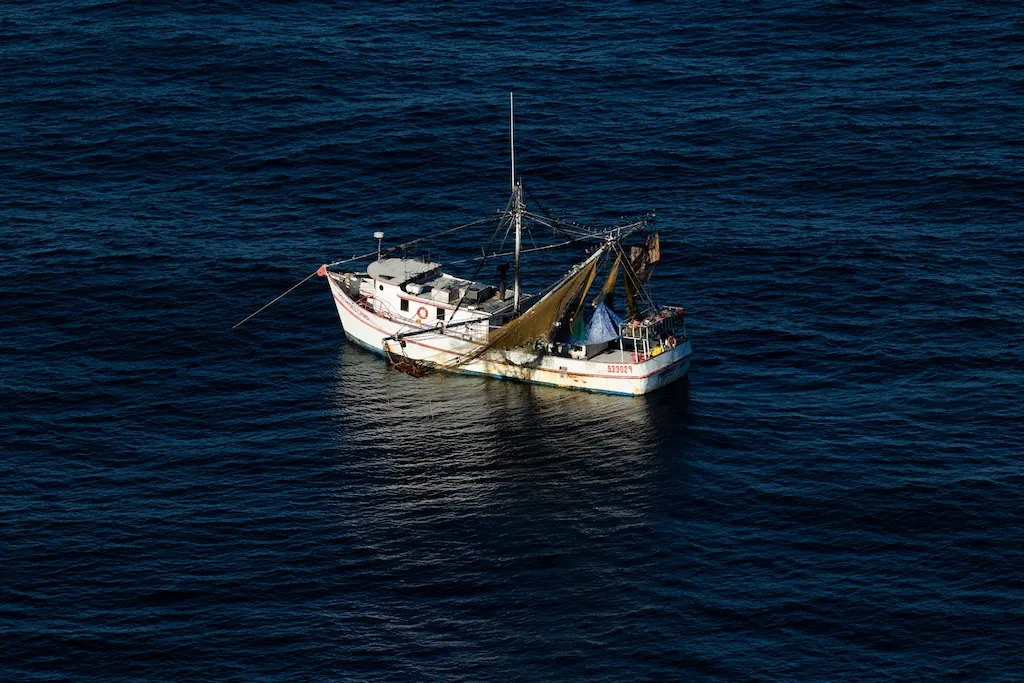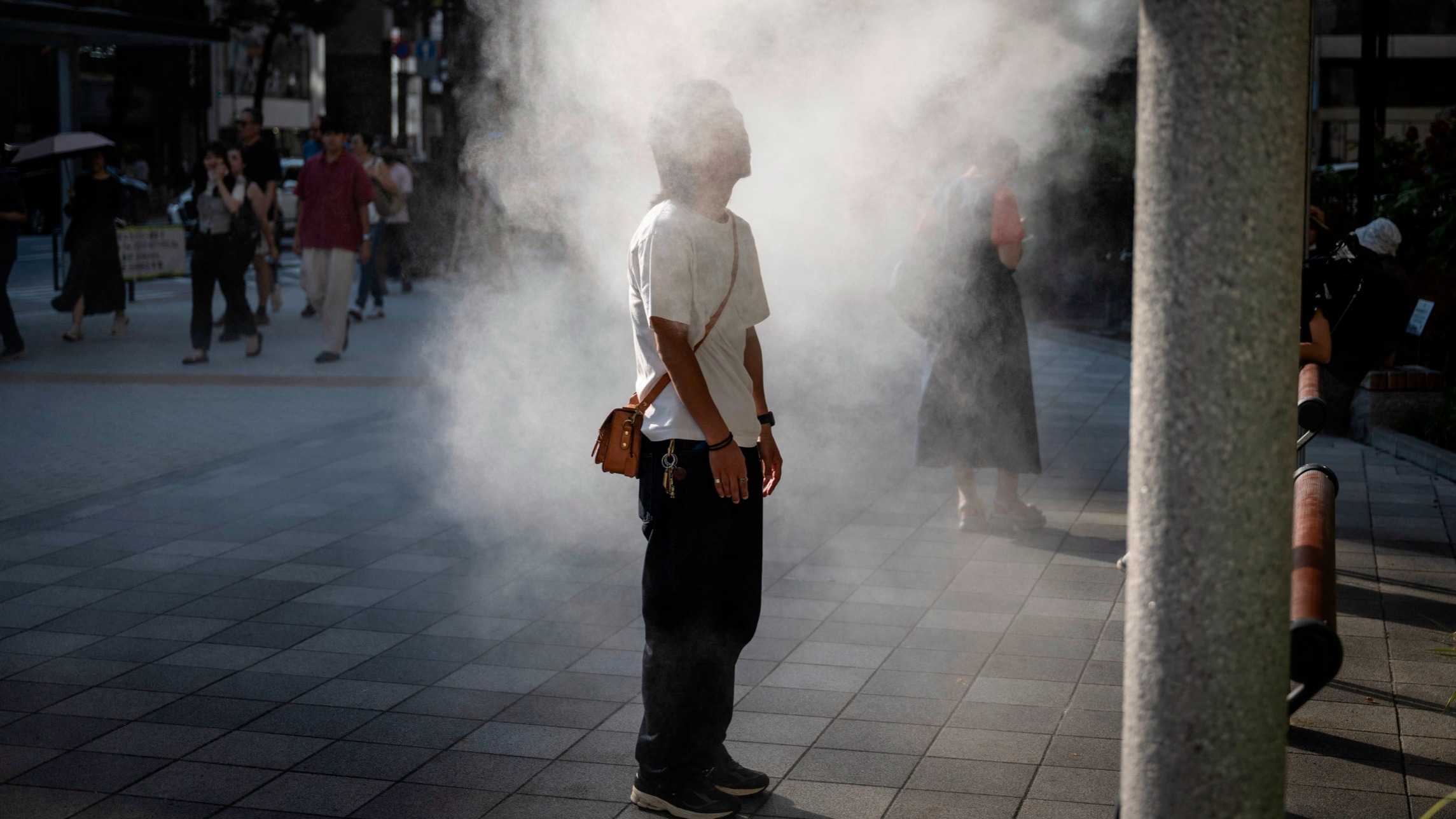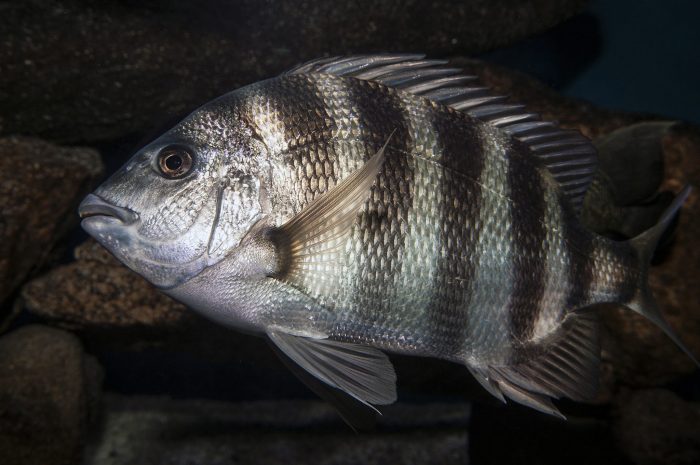Report on Illegal, Unreported, and Unregulated (IUU) Fishing in the Gulf of Mexico and its Impact on Sustainable Development Goals
Executive Summary
- Illegal, Unreported, and Unregulated (IUU) fishing activities conducted by Mexican fishermen within the United States Exclusive Economic Zone (EEZ) present a multifaceted threat to marine ecosystems, economic stability, and regional security.
- These actions directly undermine several United Nations Sustainable Development Goals (SDGs), most notably SDG 14 (Life Below Water), SDG 8 (Decent Work and Economic Growth), and SDG 16 (Peace, Justice and Strong Institutions).
- This report outlines the scope of IUU fishing in the Gulf of Mexico, its socio-economic and environmental consequences, and the institutional responses aimed at mitigating its impact, all framed within the context of the SDGs.
Impact on SDG 14: Life Below Water
Threats to Marine Conservation and Sustainable Fisheries Management
- IUU fishing is a direct impediment to achieving SDG Target 14.4, which calls for the effective regulation of harvesting to end overfishing and destructive fishing practices.
- The disparity between strict U.S. regulations, such as the 2025 annual catch limit of approximately 16 million pounds for red snapper, and the lack of similar restrictions in Mexico’s waters incentivizes illegal incursions.
- The use of destructive gear, including longlines with hundreds or thousands of hooks, results in indiscriminate catches that harm the broader marine ecosystem, further contravening the principles of sustainable resource use under SDG 14.
Challenges in Data Collection and Regulation
- A critical information gap exists regarding the precise volume of fish illegally extracted and the corresponding economic loss to the U.S. economy.
- The Harte Research Institute at Texas A&M University-Corpus Christi is conducting research in collaboration with the U.S. Coast Guard to quantify these losses, which is essential for developing evidence-based policies for sustainable management.
- Proposed legislation, such as the “Illegal Red Snapper and Tuna Enforcement Act,” seeks to establish a system for determining the origin of seafood, a key step in enhancing traceability and combating IUU fishing in alignment with SDG 14.
Socio-Economic Consequences and Relation to SDG 8 & SDG 12
Economic Disruption and Threats to Decent Work
- IUU fishing imposes a substantial economic burden, with global estimates reaching up to $50 billion annually. The U.S. International Trade Commission estimated that eliminating IUU imports could increase U.S. commercial fishing industry income by $60 million.
- The practice undermines the livelihoods of legitimate U.S. commercial, private, and for-hire fishermen by depleting shared fish stocks and reducing their allowable catch days. This directly conflicts with the objectives of SDG 8 (Decent Work and Economic Growth).
- The negative economic effects extend to the coastal tourism sector, impacting hotels, restaurants, and other businesses dependent on recreational fishing.
Undermining Responsible Consumption and Production (SDG 12)
- A significant portion of illegally caught fish is sold back into the U.S. market, often after being improperly handled without refrigeration.
- This practice introduces significant food safety and public health risks, undermining consumer confidence and contradicting the principles of SDG 12, which promotes sustainable consumption and production patterns.
- The influx of this unregulated product floods the market, artificially depressing prices and further harming law-abiding producers.
Linkages to Organized Crime and Implications for SDG 16
IUU Fishing as a Component of Transnational Crime
- The U.S. Treasury Department has identified direct links between IUU fishing operations and the Gulf Cartel, a transnational criminal organization involved in narcotics trafficking, human smuggling, and violence.
- Cartel-controlled figures oversee lancha camps and facilitate illegal fishing in U.S. waters from bases such as Playa Bagdad, Mexico.
- This convergence of environmental crime with organized crime actively undermines SDG 16 (Peace, Justice and Strong Institutions) by weakening the rule of law and threatening regional stability.
Enforcement and Institutional Responses
- The U.S. Coast Guard serves as the primary law enforcement body for interdicting illegal fishing vessels. From FY2023 to FY2024, the agency interdicted 116 of 546 detected incursions.
- U.S. Coast Guard Station South Padre Island has seized over 11,200 pounds of fish since the start of 2023 through 46 interdictions.
- A shift towards a more stringent prosecutorial strategy by the U.S. Department of Justice, including the indictment of illegal fishermen, has correlated with a recent decrease in interdictions, demonstrating an institutional effort to uphold the law as promoted by SDG 16.
Analysis of Sustainable Development Goals in the Article
1. Which SDGs are addressed or connected to the issues highlighted in the article?
The article on illegal, unreported, and unregulated (IUU) fishing in the Gulf of Mexico connects to several Sustainable Development Goals (SDGs). The primary goals addressed are:
- SDG 14: Life Below Water: This is the most directly relevant SDG, as the entire article focuses on the conservation and sustainable use of marine resources, specifically fisheries. The discussion revolves around ending overfishing, combating IUU fishing, and implementing regulations to preserve the marine environment.
- SDG 16: Peace, Justice and Strong Institutions: The article highlights the involvement of organized crime, specifically the Gulf Cartel, in IUU fishing. It also details the law enforcement actions by the U.S. Coast Guard, the Department of Justice, and the Treasury Department to combat these illegal activities, which relates to building effective and accountable institutions to reduce illicit flows and crime.
- SDG 8: Decent Work and Economic Growth: The economic impact of IUU fishing on the U.S. fishing industry is a central theme. The article quantifies the financial losses, stating that the U.S. “loses millions of dollars every year” and that eliminating IUU fishing could significantly boost the income of the U.S. commercial fishing industry, thereby affecting economic growth and the livelihoods of those in the sector.
2. What specific targets under those SDGs can be identified based on the article’s content?
Based on the article’s content, the following specific SDG targets can be identified:
-
Target 14.4: By 2020, effectively regulate harvesting and end overfishing, illegal, unreported and unregulated fishing and destructive fishing practices.
- Explanation: The article is centered on the problem of “illegal, unreported, and unregulated fishing (IUU).” It describes U.S. efforts to enforce strict regulations, such as the “2025 annual catch limit at slightly more than 16 million pounds of red snapper,” while highlighting that Mexican fishermen “do not abide by these regulations.” The U.S. Coast Guard’s mission to interdict vessels and the “Illegal Red Snapper and Tuna Enforcement Act” are direct actions aimed at achieving this target.
-
Target 14.c: Enhance the conservation and sustainable use of oceans and their resources by implementing international law.
- Explanation: The conflict described occurs within the “U.S Exclusive Economic Zone,” a maritime boundary established by international law. The enforcement actions by the U.S. Coast Guard against foreign vessels from Mexico represent the implementation of national and international laws to protect sovereign marine resources.
-
Target 16.4: By 2030, significantly reduce illicit financial and arms flows, strengthen the recovery and return of stolen assets and combat all forms of organized crime.
- Explanation: The article explicitly links IUU fishing to organized crime, stating the operation is “tied to the Gulf Cartel.” It notes that the Treasury Department sanctioned individuals “tied to the Gulf Cartel’s involvement in criminal activities associated with IUU fishing, human smuggling, and narcotics trafficking.” This demonstrates a direct effort to combat organized crime as described in this target.
-
Target 8.2: Achieve higher levels of economic productivity through diversification, technological upgrading and innovation, including through a focus on high-value added and labour-intensive sectors.
- Explanation: The article details how IUU fishing undermines the economic productivity of the U.S. fishing sector. It states that IUU fishing “costs the global seafood industry up to $50 billion per year” and that its removal could “increase the total operating income of the U.S. commercial fishing industry by an estimated $60 million.” Protecting this high-value sector from illegal activities is essential for maintaining its economic productivity and growth.
3. Are there any indicators mentioned or implied in the article that can be used to measure progress towards the identified targets?
Yes, the article mentions or implies several quantitative and qualitative indicators that can be used to measure progress:
-
For Target 14.4 (End IUU Fishing):
- Volume and Value of Illegally Caught Fish: The article highlights a key information gap, noting the need to determine “how many fish are being removed from U.S. waters and taken back to Mexico” and to “put a dollar amount on the fish.” The research by the Harte Research Institute aims to establish this baseline, which would serve as a primary indicator.
- Number of Interdictions: The article provides specific numbers, such as the Coast Guard interdicting “116 of the 546 detections” and Station South Padre Island carrying out “46 interdictions” since last year. A change in the number and success rate of interdictions is a direct indicator of enforcement effectiveness.
- Pounds of Seized Fish: The seizure of “more than 11,200 pounds of fish” is a tangible measure of enforcement success and the scale of illegal activity.
-
For Target 16.4 (Combat Organized Crime):
- Number of Sanctions Against Individuals/Entities: The article mentions that the Treasury Department “sanctioned five people” tied to the Gulf Cartel for their role in IUU fishing. Tracking the number of such sanctions is an indicator of efforts to disrupt the criminal networks involved.
- Number of Prosecutions: The charging of “four Mexican fishermen… with illegal fishing” is cited as a “more aggressive approach.” The number of federal indictments and prosecutions serves as an indicator of institutional justice and deterrence.
-
For Target 8.2 (Economic Productivity):
- Monetary Losses to the Fishing Industry: The article provides figures like the “$2.4 billion worth of seafood from IUU fishing” imported by the U.S. and the potential “$60 million” increase in operating income for the U.S. industry. Tracking these economic figures over time would indicate progress in protecting the industry’s economic health.
4. Summary Table of SDGs, Targets, and Indicators
| SDGs | Targets | Indicators Identified in the Article |
|---|---|---|
| SDG 14: Life Below Water | 14.4: End overfishing and illegal, unreported and unregulated (IUU) fishing. |
|
| SDG 16: Peace, Justice and Strong Institutions | 16.4: Significantly reduce illicit financial flows and combat all forms of organized crime. |
|
| SDG 8: Decent Work and Economic Growth | 8.2: Achieve higher levels of economic productivity. |
|
Source: washingtonexaminer.com







